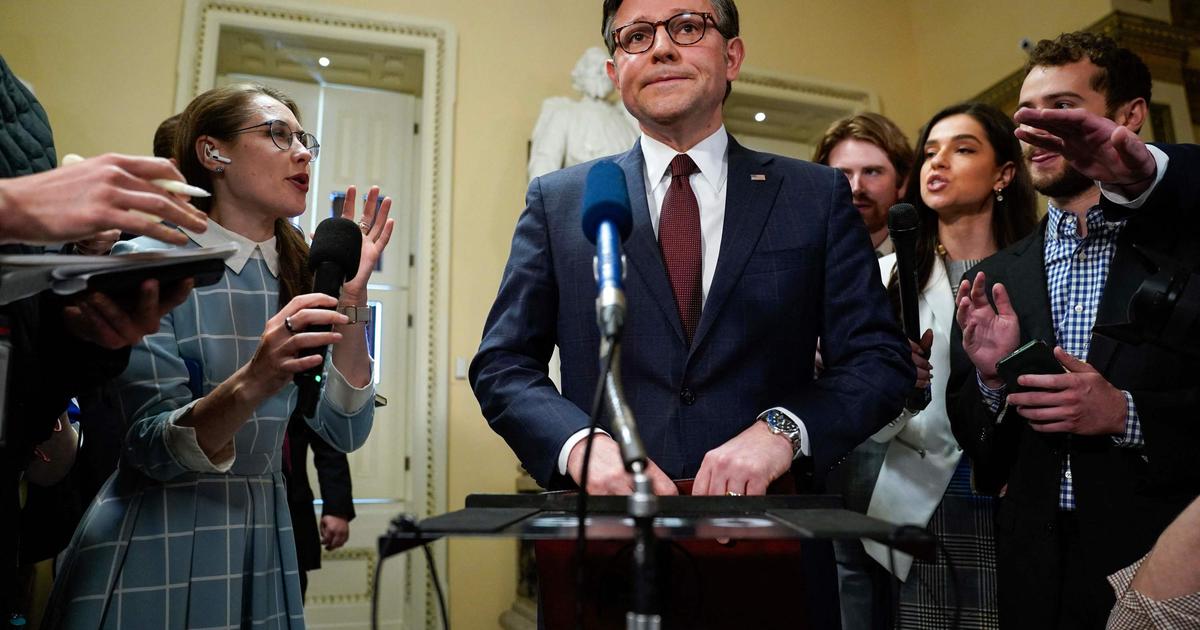When the most powerful nations in this world doubled down on their satellite launches, they probably forgot a small detail: They weren’t meant to be functional until the end of time, it was wise to think just by design how to recycle or recover them on Earth. Instead, the space began to look like a dump, The Christian Science Monitor regrets.
“I think that until recent years it was not a problem of irresponsible people, Nick Ross comments, But for people who haven’t thought of space as a finite resource.” On the other hand, Ross, founder and president of Niparo, a consulting firm that combines sustainable development and space, calls on space agencies to assume their responsibilities.
The problem is likely to get incrementally worse, and the whopping 3,000 new satellites Amazon will launch soon (which won US approval in February) is enough to understand why. These have been added, for example, to the 3,500 Starlink satellites deployed by SpaceX over the past years … waiting for an additional 7,500 units to be launched soon by the company led by Elon Musk. Crazy numbers, since Earth has “only” 7,200 working satellites.
It is feared that the space will gradually turn into a huge waste dump site, but not only for environmental reasons. We can also fear that the proliferation of abandoned satellites will eventually lead to fewer and less avoidable collisions – a matter of simple probabilities.
In the 24 years of its existence, the International Space Station has had to perform Thirty is good maneuvers intended to prevent him from colliding with space debris that would have damaged certain units, but also endangered the lives of the humans on board –or on the floor. We can imagine the time and financial cost that multiplying the scams would mean.
Collisions on the horizon
However, the satellites themselves are often unable to perform this type of redirection, which can lead to impressive crashes. This was the case in 2009 when an inactive Russian satellite Cosmos 2251 collided with a satellite of the American company Iridium. The collision generated thousands of pieces of debris, most of which are still in orbit fourteen years later.
“The biggest problem we face now is that countries are testing their own missiles against their own satellites”adds Krystal Azelton, director of space operations at the Secure World Foundation, which also promotes space-saving solutions.
Among the solutions considered, there is the use of space harpoons (we are also talking about magnets that perform a similar task), which make it possible to push satellites out of orbit. It can then be returned to Earth in a safe manner, in order to be recovered and recycled as much as possible.
To move in this direction, the Interagency Space Debris Coordinating Committee has prepared a set of rules of conduct that all nations and all space agencies are required to observe. In particular, there is an obligation to clear Earth’s orbit of every satellite that has completed its mission for more than twenty-five years. In a positive move, the United States unilaterally decided to reduce this period to five years. The common struggle to keep space in proper condition has just begun.

“Music guru. Incurable web practitioner. Thinker. Lifelong zombie junkie. Tv buff. Typical organizer. Evil beer scholar.”



:format(url)/cloudfront-us-east-1.images.arcpublishing.com/lescoopsdelinformation/L2F6OCLVY5CBBNQ32DX5S7TOBA.jpg)



More Stories
Sophie Adino officially receives her “wings” and will be able to fly in space by 2030
Plants grow mostly in the afternoon
Why should we not confuse academic freedom with the autonomy of science?